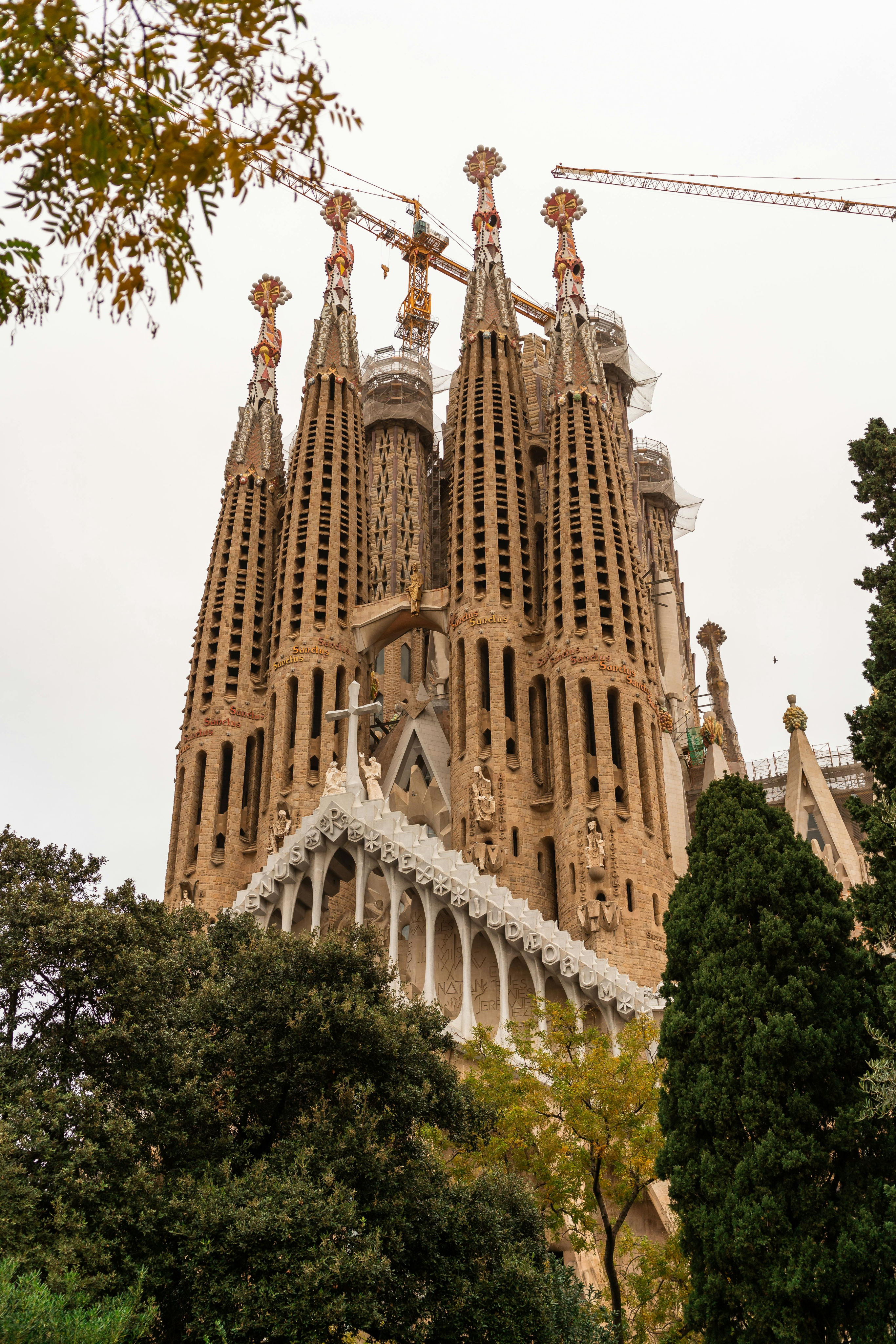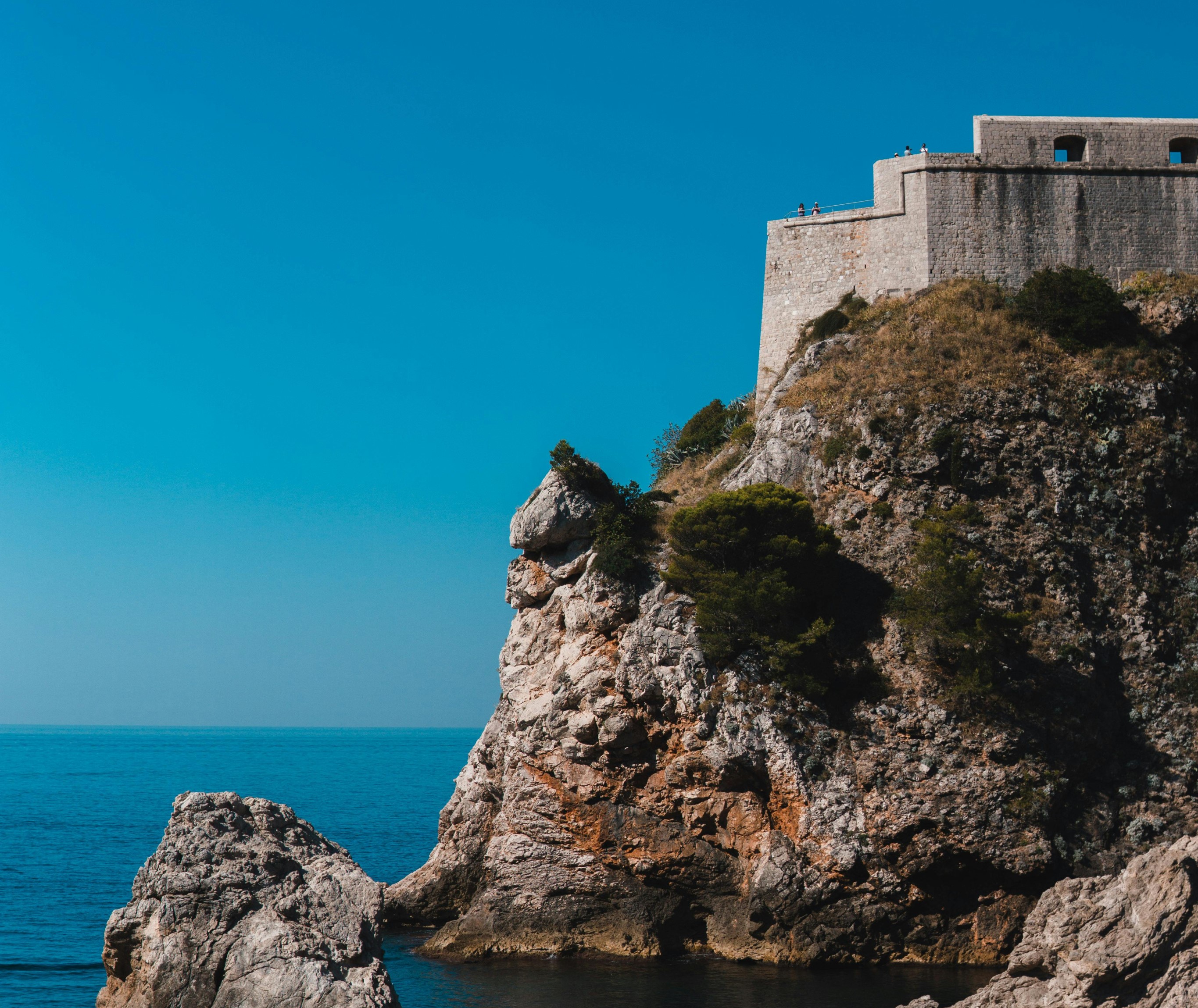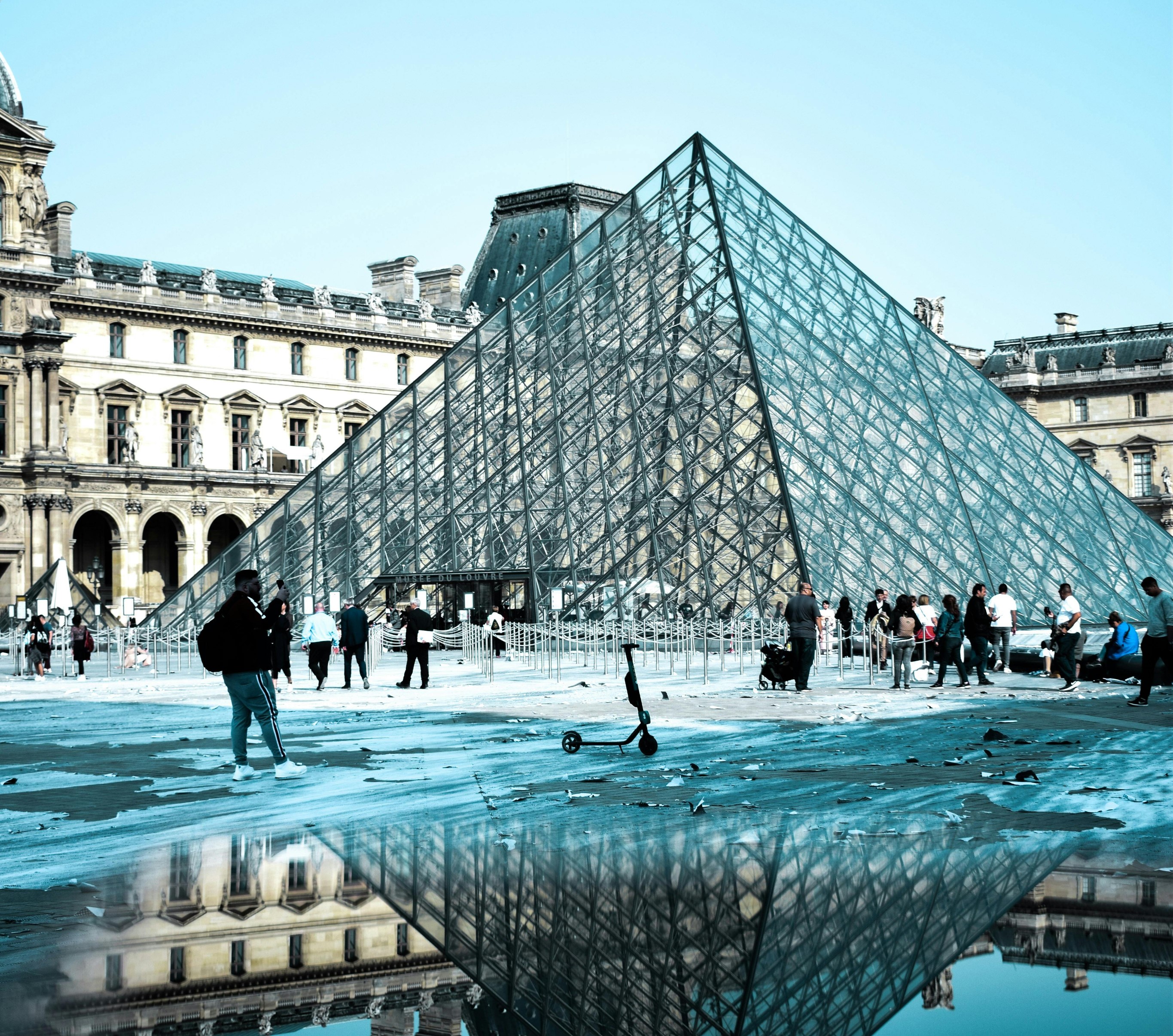Blog

Sagrada Família
Sagrada Família, Roman Catholic minor basilica in Barcelona, Spain, designed by Antoni Gaudí. Begun in 1882 and still unfinished in the first quarter of the 21st century, the Sagrada Família, notable for its tactile organic form, is one of Barcelona’s most famous landmarks. It is an unexpected sight in its urban setting, with its bold flying buttresses and twisted towers looming over the city.
The project, originally envisioned by Francisco de Paula del Villar, was funded by donations to encourage Christianity in Barcelona, which was becoming increasingly secular. In 1883 Gaudí took over as chief architect, and the project would occupy him throughout the rest of his career. In his drawings and models for the church, Gaudí equilibrated the original Neo-Gothic design into a structure designed to stand on its own without internal bracing or external buttressing. The result, modified beyond recognition, was a complexly symbolic forest of helicoidal piers, hyperboloid vaults and sidewalls, and a hyperbolic paraboloid roof. It was to be Gaudí’s Expressionist vision of a 20th-century cathedral, where he would use visual symbolism to express the many mysteries of the Christian faith. He became increasingly pious while working on the church; after 1910 he abandoned virtually all other work, and he eventually secluded himself on its site and resided in its workshop.
In addition to being devoted to Christianity, Gaudí was an important participant in the Renaixensa, an artistic revival of the arts and crafts combined with a political revival in the form of fervent anti-Castilian “Catalanism.” Both revivals sought to reinvigorate the way of life in Catalonia that had long been suppressed by the Castilian-dominated and Madrid-centred government in Spain, and the Sagrada Família became the religious symbol of the Renaixensa in Barcelona.
Gaudí’s design and models, most of which were destroyed during the Spanish Civil War, show an enormous form capable of accommodating some 13,000 people. Built on a basic basilica plan, the Latin cross is surrounded on three sides by porticoes. To the east stands the Nativity facade with scenes celebrating Jesus’ birth; on the west is the Passion facade, depicting Jesus’ Crucifixion; and the main entrance boasts the Glory facade, showing how humans can celebrate the divine glory. Overhead, 18 huge spindle-shaped towers rise to the heavens, each symbolizing different biblical figures: the 12 Apostles, the four evangelists, the Virgin Mary, and Jesus (represented by what will eventually be the tallest, central tower). Each of the three facades is flanked by four bell towers representing the Apostles; the traitor Judas and the evangelists St. John and St. Matthew are replaced by St. Barnabas, St. Matthias, and St. Paul. The six central towers, representing Jesus and Mary surrounded by the four evangelists, serve as lanterns for the main nave and let light in from above.





